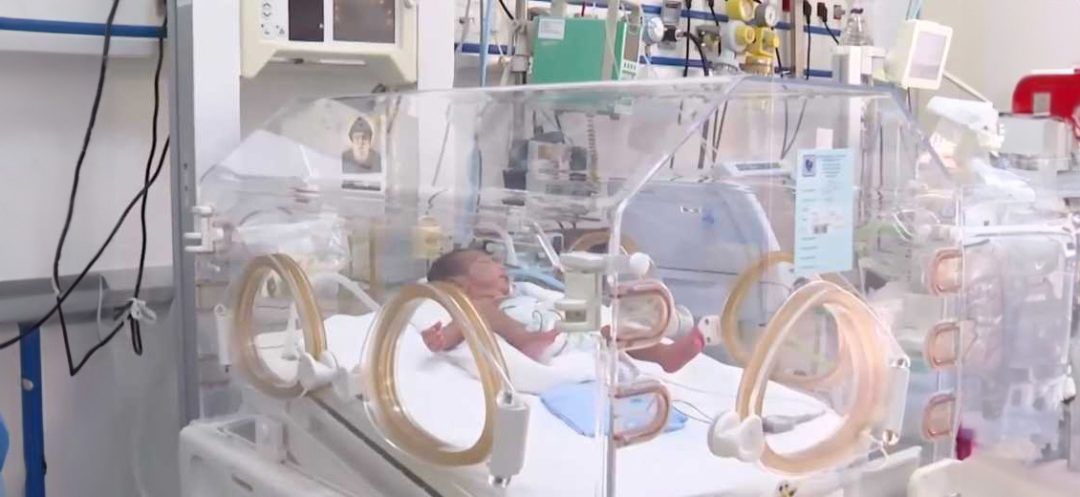
A two-week-old baby weighing 1.3 kg has been saved from severe complications related to a heart condition. This new medical achievement at Hôtel-Dieu de France (HDF) brings hope amid the current tide of tragic news. What makes this intervention so unique? What factors contributed to its success? Professor Zakhia Saliba, a pediatric cardiologist at HDF, explained everything to This is Beirut.
On June 25, a remarkable medical achievement took place at Hôtel-Dieu de France (HDF): the first cardiac catheterization procedure on a premature newborn in Lebanon and the region.
Thanks to pediatric cardiologist Zakhia Saliba and his team, a two-week-old baby weighing 1.3 kg was saved from severe complications caused by a heart defect known as "patent ductus arteriosus."
What is a patent ductus arteriosus?
The ductus arteriosus is an essential structure for fetal life which closes at birth," explained Professor Saliba, head of the pediatric and congenital cardiac catheterization unit at HDF, to This is Beirut. "When this duct remains open after birth, it is referred to as a patent ductus arteriosus".
The uniqueness of this case lies in the fact that the baby was born prematurely, resulting in a low birth weight. This increases the complexity of the condition and makes the treatment more urgent. “In premature infants, a patent ductus arteriosus takes on a different aspect as it hinders the development of other organs, including the heart, lungs, and brain,” explained Professor Saliba.
If the duct is not closed through medical intervention, “the baby will suffer from respiratory distress and will need to be intubated for oxygen therapy, which, in the long term, could lead to complications in multiple organs and pose a life-threatening risk,” emphasized Professor Saliba.
“While treatment for a full-term infant might be done at a few months or even years of age, it is critically needed for a premature baby,” he added.
A Newly Introduced Technique on Premature Infants
There are three approaches to treating a patent ductus arteriosus: medication, traditional surgery, and catheterization.
“We tried medication with the child,” explains Professor Saliba, “but it proved ineffective. Moreover, such medications are scarce and come with many side effects.”
Traditional surgery, on the other hand, carries significant risks for a baby with a low birth weight.
“We then turned to cardiac catheterization, a recent approach that uses a prosthesis specifically designed for infants weighing between one and two kilograms,” says Professor Saliba. He emphasized that “this technique is carried out in a few specialized centers worldwide” for premature infants with low birth weights.
In effect, the procedure involves inserting a thin, flexible tube to place the prosthesis and close the abnormal passage between two major arteries near the heart.
“In Lebanon and the region, this approach had not been tried on premature infants before because it requires extensive expertise from the physician and cross-disciplinary collaboration,” explains Professor Saliba.
In this context, he commended the collaboration among various specialists at HDF who contributed to the success of the operation, including the neonatologist, anesthesiologist, fellow pediatric cardiologists, as well as the entire medical and technical team.
“The day after the procedure, the baby no longer required oxygen therapy, and ten to fifteen days later, he was discharged after reaching a weight of two kilograms,” he says.
It’s a true happy ending that, according to Professor Saliba, “brings hope because such conditions are quite common in premature infants.”
Read more



Comments